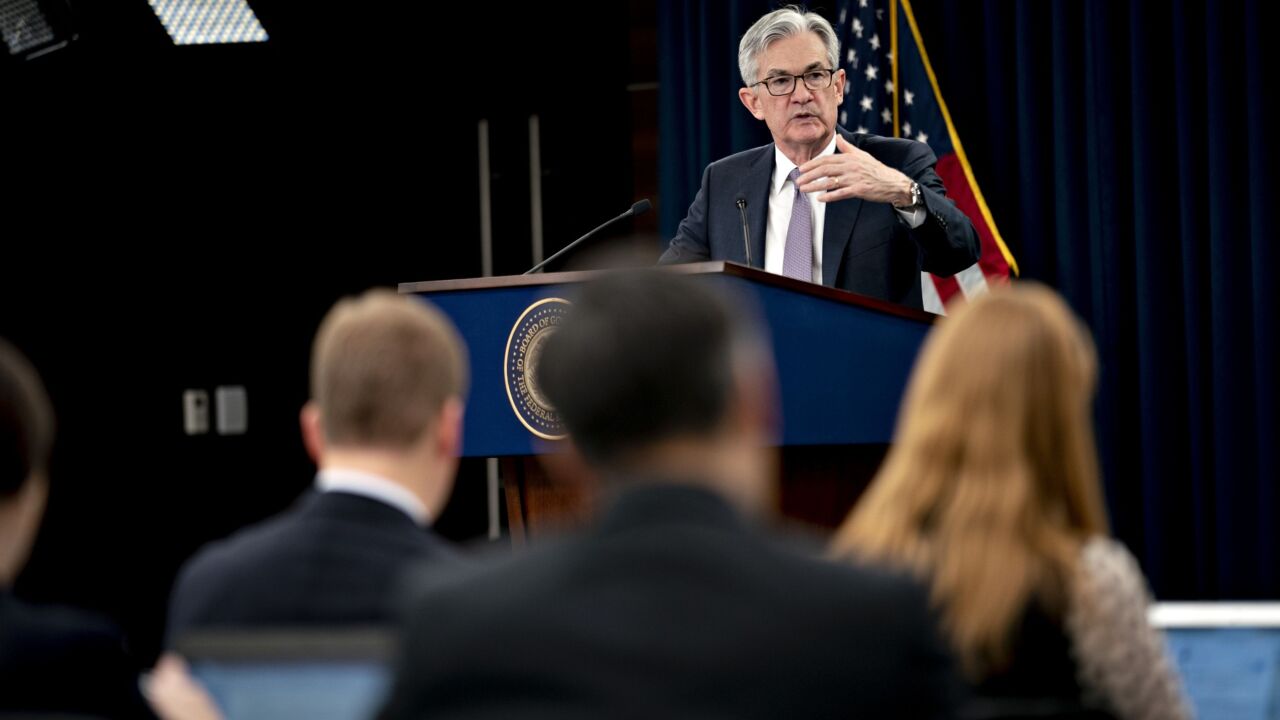Ken LaRoe and his team at Climate First Bank were in the midst of developing a new loan program when the Champlain Towers South condo complex collapsed near Miami, killing 98 people.
The tragedy underscored the purpose behind the work that the St. Petersburg, Florida, bank was already undertaking. Leaders at the de novo bank, which was
“That horrific incident of the tower falling just dropped in our lap out of nowhere,” said LaRoe, the bank’s founder and CEO. “What a horrible thing to propel something good.”

The loan program’s rationale stems from the fact that around two-thirds of condos in Miami-Dade County are over 30 years old and will soon be due for 40-year recertifications, which may require capital upgrades, such as new windows. The coming improvements represent an opportunity to invest in energy efficiency and storm hardening measures that will both reduce a building’s carbon footprint and fortify it against serious weather disasters.
“There’s hundreds and hundreds of buildings this year alone that reach 40 years. What a perfect time to get in front of them and say, ‘You’ve got to do a new roof anyway, why not do an energy-efficient roof?’ ” LaRoe said.
The program offers a preview of what financing for climate adaptation may look like in one particular U.S. region, though the basic concept isn’t novel.
In 2019, the Federal Reserve Bank of San Francisco published a paper suggesting that banks should be able to
There is reason to believe that more banks may implement similar programs in the years ahead, observers said.
As banks undertake their own sustainability goals, the real estate sector, which is one of the larger emitters of greenhouse gases, is likely to emerge as a target for improvement, said Lauren Compere, managing director at Boston Common Asset Management, an investment firm that focuses on not only achieving financial returns but also spurring social change. The real estate industry is also subject to physical risks associated with climate disasters, she noted.
“Mortgage and real estate portfolios have been a key part of our dialogue with many banks,” said Compere, whose firm invests in several large national and global banks. “I think it’s still a bit early, though I do think they see opportunity. Many of the banks are now formalizing sustainable finance commitments, so this fits clearly under that.”
The insurance industry may provide another incentive for banks to pursue similar programs, said Dan Saccardi, senior director at Ceres, a nonprofit focused on corporate sustainability. Insurance companies have been quick to raise premiums on buildings in areas that are especially prone to flooding
“When that risk gets to a point, private insurance pulls out,” Saccardi said. “We’re seeing that in flood and in fire, where certain regions have been hit repeatedly and those areas are increasingly becoming uninsurable, leaving the bill with the federal government.”
These issues are already coming to a head in South Florida. Climate change has hit the region particularly hard, and rising sea levels, which have had varying impacts along different parts of the state’s coastline, have begun to affect
In response to the June 24 condominium collapse in Surfside, Florida, authorities
“They’re seeking leadership that’s going to lean in with them and help them understand the risks — it might be sea level rise, it might be structural integrity — and ultimately understand how to mitigate,” she said. “These are volunteers, this is not their business.”
Climate First, which has $52 million of assets, has yet to make a loan under the brand-new program, but it’s currently in talks with potentially interested parties, LaRoe said.
One of the main challenges for financial institutions that develop similar programs will be finding ways to measure and verify the impact of their financing activities, said Victor Rojas, a senior vice president at the consulting firm Sustainable Capital Advisors. Still, he believes the idea of climate adaptation financing is gaining momentum.
“It’s easy to be overwhelmed by the bad news and the reality is, things are looking very bleak. But from those challenges come opportunities,” Rojas said. “You have every financial institution of every level thinking really seriously about what can we do? I think that’s very, very exciting.”




